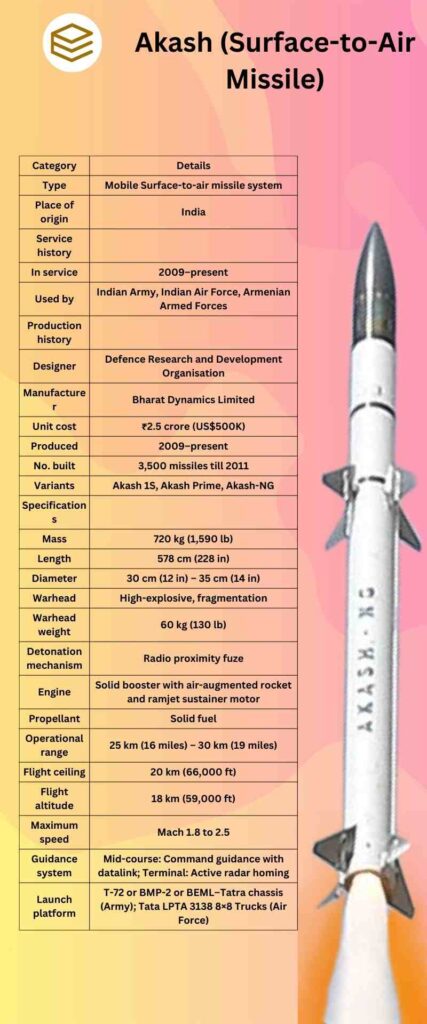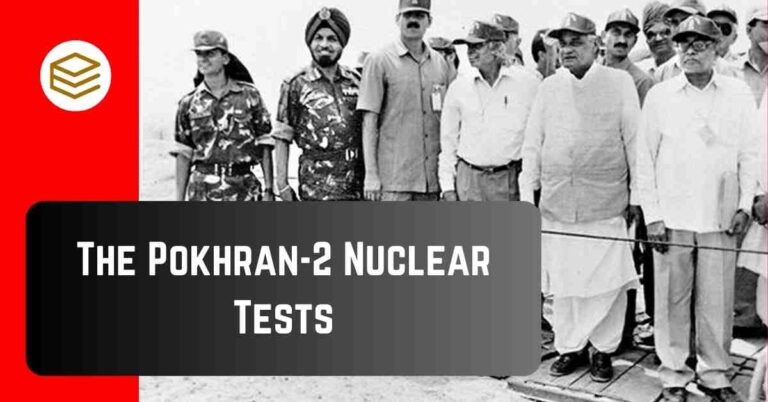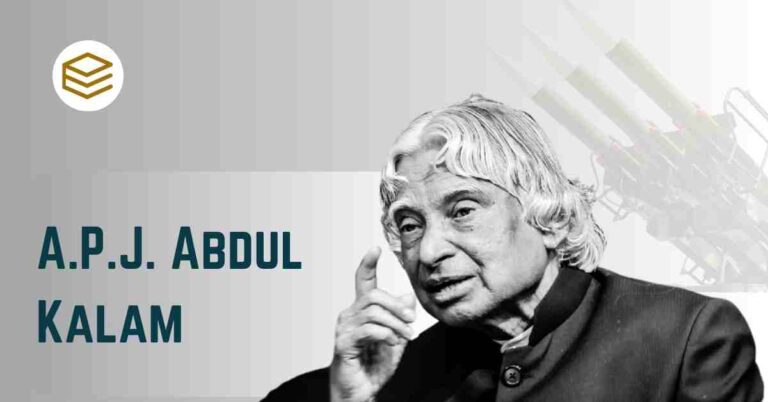October 25, 2025 11:26 am
The Integrated Guided Missile Development Program (IGMDP) was a flagship initiative of India’s Defense Research and Development Organization (DRDO), launched in 1983 under the visionary leadership of Dr. A.P.J. Abdul Kalam. This ambitious program aimed to achieve self-reliance in missile technology by developing a series of indigenously designed missiles tailored to meet India’s defense requirements.
The program marked a significant turning point in India’s defense history, transforming the nation into a technologically advanced military power and reducing its dependence on foreign imports.
Objectives of IGMDP
The IGMDP was initiated with the following primary goals:
- Self-Reliance:
- Develop indigenous missile systems to reduce dependence on foreign suppliers.
- Strategic Security:
- Enhance India’s defensive and offensive military capabilities in light of regional threats.
- Technological Advancement:
- Foster innovation in missile design, propulsion, guidance systems, and manufacturing technologies.
- Economic Efficiency:
- Reduce the financial burden of importing expensive missile systems.
Key Missiles Developed Under IGMDP
The IGMDP focused on designing and developing five missile systems, each tailored for specific military requirements:
1. Prithvi (Surface-to-Surface Missile)
- Type: Tactical surface-to-surface ballistic missile.
- Objective: Short-range strike capabilities for the Indian Army.
- Range:
- Prithvi-I: 150 km (Army variant).
- Prithvi-II: 250 km (Air Force variant).
- Prithvi-III: 350 km (Navy variant, Dhanush missile).
- Significance:
- India’s first indigenously developed ballistic missile.
- Equipped with advanced inertial guidance systems for precision targeting.

2. Agni (Ballistic Missile)
- Type: Intermediate-range ballistic missile (IRBM), later expanded to intercontinental ranges.
- Objective: Strengthen India’s strategic deterrence capabilities.
- Range:
- Agni-I: 700–900 km.
- Agni-II: 2,000–3,000 km.
- Agni-III: 3,500–5,000 km.
- Agni-IV and Agni-V: Extended ranges exceeding 5,000 km.
- Significance:
- Forms the backbone of India’s nuclear deterrence strategy.
- Played a crucial role in establishing India as a nuclear-capable state.

3. Akash (Surface-to-Air Missile)
- Type: Medium-range surface-to-air missile (SAM).
- Objective: Protect Indian airspace from aerial threats.
- Range: 25–30 km.
- Significance:
- Designed for use by both the Indian Army and Air Force.
- Provides multi-target engagement capabilities with advanced radar systems.

4. Trishul (Surface-to-Air Missile)
- Type: Short-range surface-to-air missile.
- Objective: Close-range defense against low-flying aircraft and anti-ship missiles.
- Range: 9 km.
- Significance:
- Primarily developed for naval use to defend against sea-skimming missiles.
- Served as a technology demonstrator for advanced missile guidance systems.
5. Nag (Anti-Tank Guided Missile)
- Type: Third-generation anti-tank guided missile.
- Objective: Destroy heavily armored tanks.
- Range: 4–7 km.
- Significance:
- Features fire-and-forget technology with infrared imaging seekers.
- Designed for use by ground troops and helicopter platforms (Helina variant).
Implementation and Milestones
- Launch:
- The IGMDP was formally launched in 1983, spearheaded by Dr. A.P.J. Abdul Kalam, then Director of DRDL (Defense Research and Development Laboratory).
- Collaboration:
- Partnerships were established with Indian industries and research institutions to develop indigenous components and systems.
- Successive Tests:
- Between 1988 and 1994, successful tests of missiles like Prithvi and Agni demonstrated the program’s potential.
- Completion:
- The program officially concluded in 2008, after successfully achieving most of its objectives.
Significance of IGMDP
The IGMDP has had far-reaching impacts on India’s defense and technological landscape:
1. Strategic Autonomy
- The program enabled India to develop a robust missile arsenal, reducing reliance on foreign imports and enhancing strategic autonomy.
2. Strengthened Deterrence
- The development of long-range missiles like Agni bolstered India’s nuclear deterrence posture, particularly against regional adversaries.
3. Technological Advancements
- Pioneered breakthroughs in areas like missile guidance systems, propulsion technology, and composite materials.
4. Boost to Indigenous Manufacturing
- Fostered collaboration between DRDO, Indian industries, and academia, creating a self-reliant defense ecosystem.
5. Global Recognition
- Elevated India’s status as a technologically advanced military power, showcasing its ability to design and deploy sophisticated missile systems.
Challenges Faced
- Technological Barriers:
- Developing advanced guidance systems, propulsion mechanisms, and warhead designs was a major challenge.
- International Sanctions:
- Following India’s nuclear tests in 1998, international sanctions, particularly from the United States, disrupted access to critical technologies.
- Funding Constraints:
- Budgetary limitations slowed the pace of research and development.
- Testing Delays:
- Several missile systems faced delays due to technical failures during early trials.
Legacy and Impact
The IGMDP laid the foundation for India’s current defense capabilities:
- Missile Programs Beyond IGMDP:
- Following its success, India expanded its missile arsenal with systems like Agni-VI, Shaurya, and BrahMos.
- Technological Ripple Effects:
- Innovations from IGMDP have contributed to other fields, including space exploration (e.g., ISRO’s PSLV technology).
- Self-Reliance:
- India’s defense export potential has grown, with indigenous missile systems now being offered to friendly nations.
Memorable Quotes by Dr. Kalam on IGMDP
- “When we are free from dependency, we are free to decide our destiny.”
- “Indigenous technology is the backbone of national defense.”
- “Great nations are built on the pillars of innovation and self-reliance.”
Conclusion
The Integrated Guided Missile Development Program was a groundbreaking initiative that propelled India into the league of nations with advanced missile technology. It was not just about creating weapons but about fostering innovation, strengthening national security, and instilling a spirit of self-reliance. Under the visionary leadership of Dr. A.P.J. Abdul Kalam, the program’s success paved the way for India to emerge as a global power in defense technology. For a country with aspirations for peace and security, IGMDP remains a shining example of how perseverance, vision, and indigenous efforts can transform challenges into opportunities.





